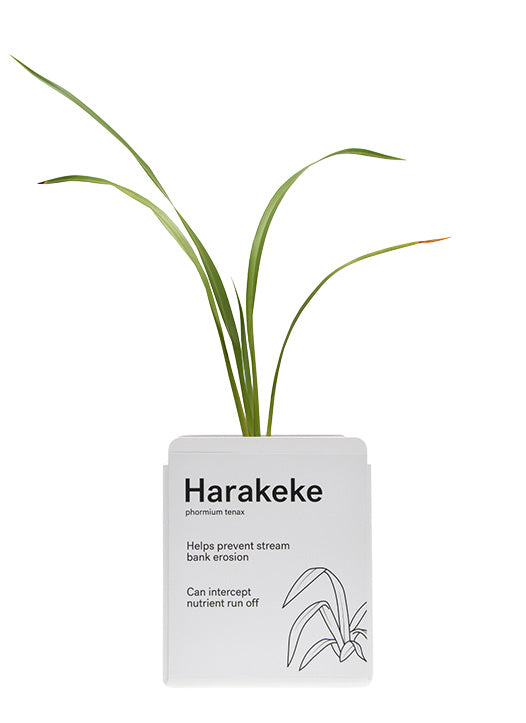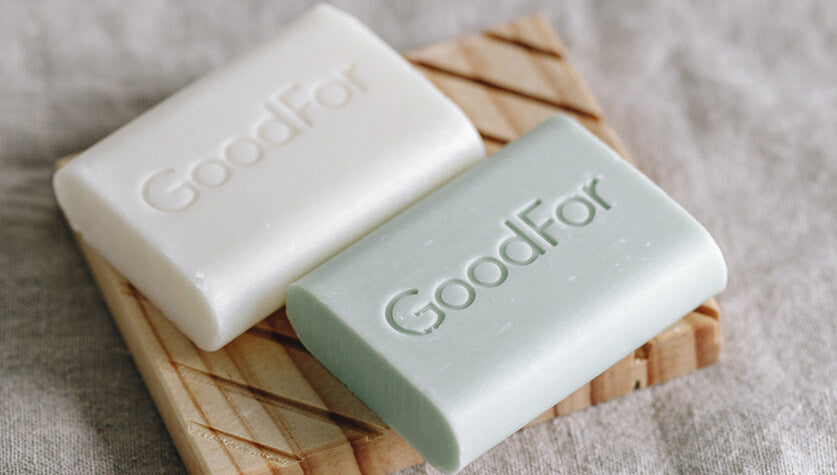 target area
target area
 native trees planted
native trees planted
“with your help we can literally cover bare land with native trees and help restore New Zealand’s environment”
Helping to restore the Hauraki Gulf in Partnership with Million Metres
Our first Tree Planting Day was held Saturday 3 July at 40 Seabreeze Rd in Devonport, Auckland. We supported the Ngātaringa Eco-corridor project alongside Million Metres to restore native bush along Seabreeze Road.
We donated 357 native trees and planted 280 Mānuka, 56 Tī Kōuka and 21 Harakeke on the day. Because we had so many incredible volunteers on the day we ended up planting an extra 780 native trees for the project.
By restoring native bush along waterways, we can stop soil from flowing into our ocean bed. The tree roots help to trap soil and other pollutants, before they enter the waterway. Native trees shade and cool the water, and they provide food and habitat for native birds and fish.
Visit my profile
Sed posuere consectetur est at lobortis. Aenean eu leo quam. Pellentesque ornare sem lacinia quam venenatis vestibulum.
Just another title
Sed posuere consectetur est at lobortis. Aenean eu leo quam. Pellentesque ornare sem lacinia quam venenatis vestibulum.
Without title. And click the image to close the popover. Sed posuere consectetur est at lobortis. Aenean eu leo quam. Pellentesque ornare sem lacinia quam venenatis vestibulum.



You're currently helping plant Harakeke

Harakeke
(Phormium tenax)
Harakeke (flax) is one of the most useful plants in Aotearoa. It is commonly found in wetlands, along rivers and in coastal areas such as estuaries, dunes and cliffs. It helps prevent stream bank erosion and can intercept nutrient run-off from surrounding land. Tui, korimako (bellbirds), tīeke (saddlebacks), pekapeka (short tailed bats), geckos and several types of insects enjoy nectar from the flax flower.
Māori traditionally used harakeke for just about everything for day to day life - clothing, cloaks, sandals, fishing lines, sails, rope, whāriki (mats), kete (baskets), fans, belts (to name just a few). It’s also one of the most significant rongoā (medicinal) plants and is also used for flaxseed oil - a much sought after ‘superfood’.
Actually get your hands dirty and help us plant
Enter your email to register your interest
 GoodFor
GoodFor


